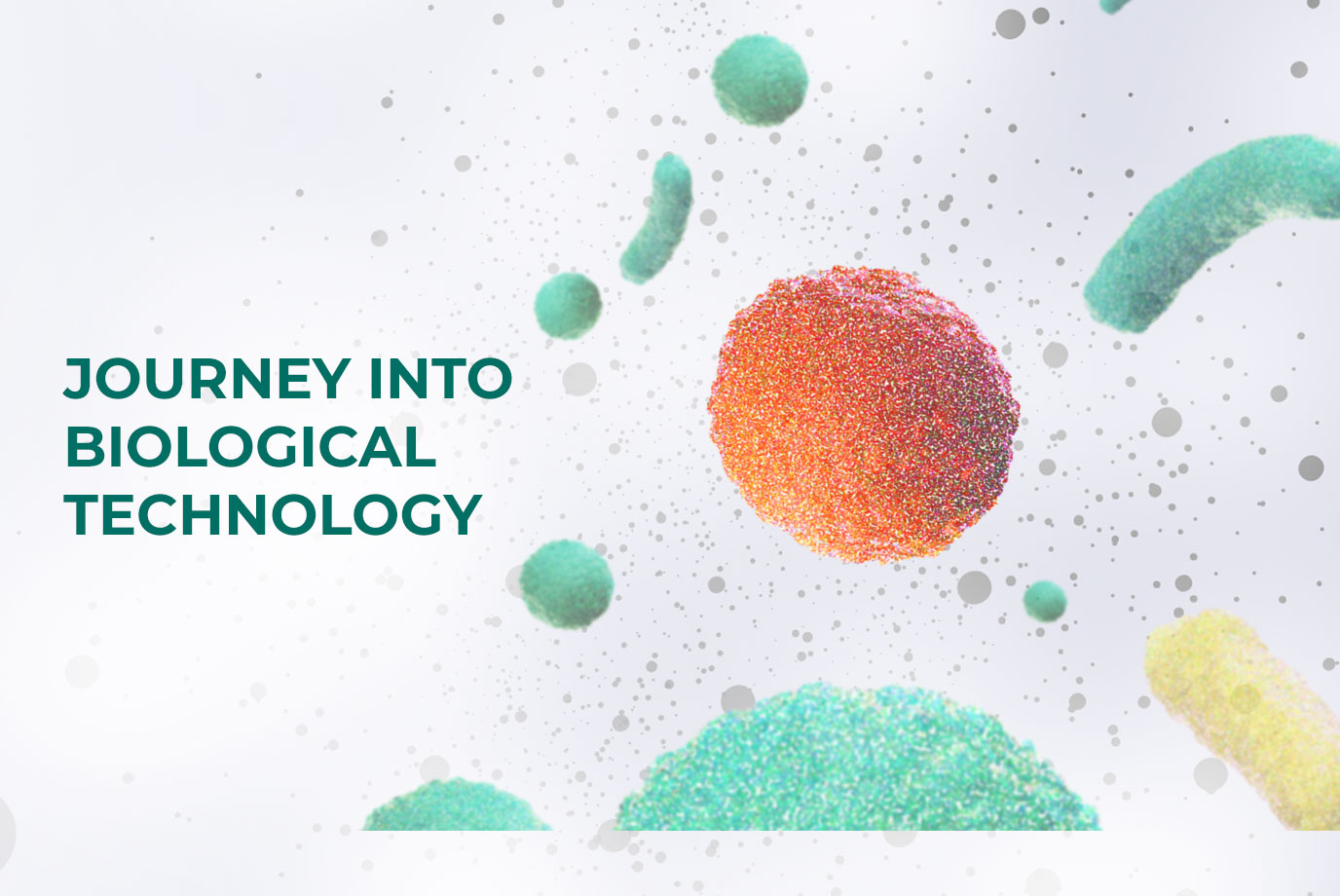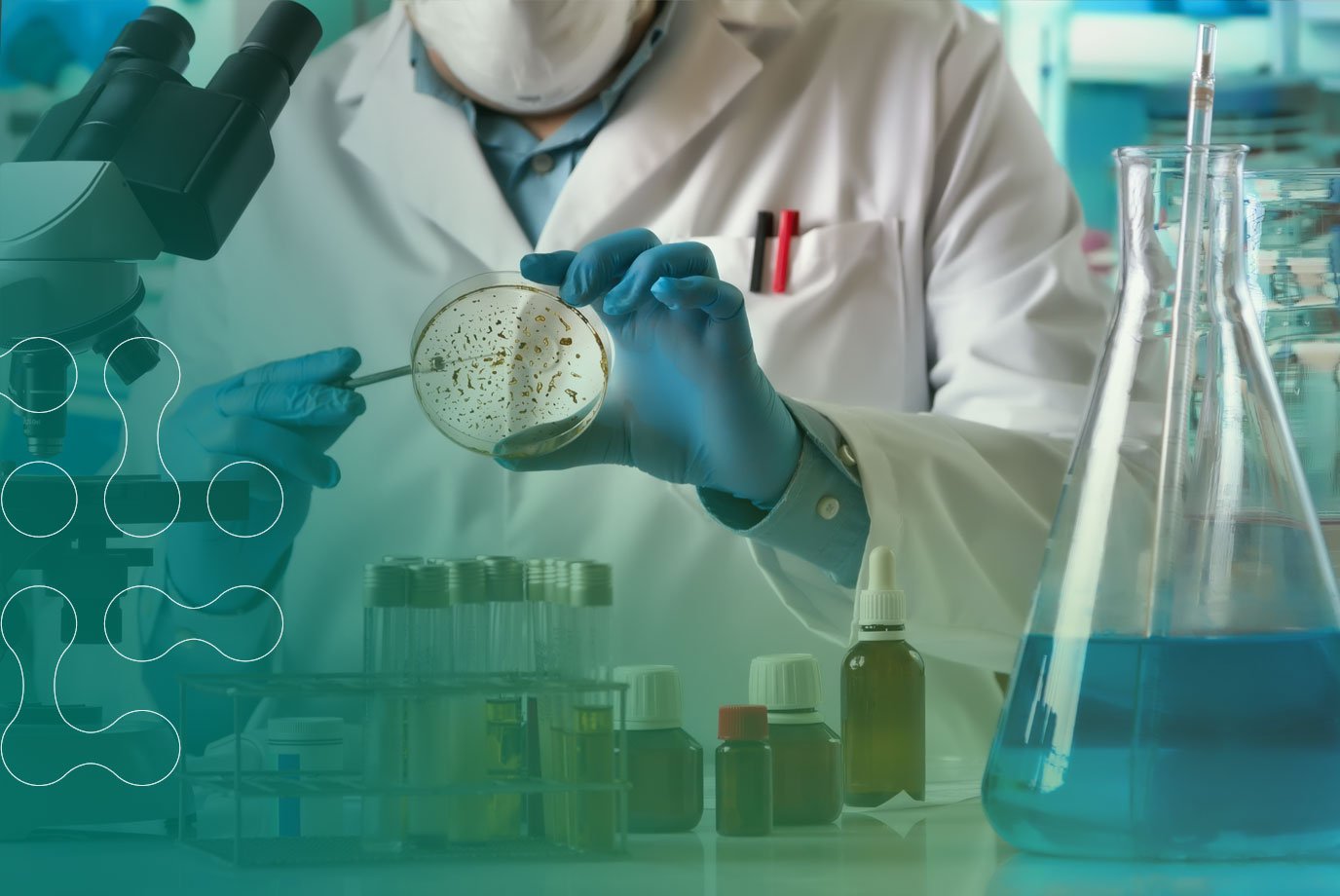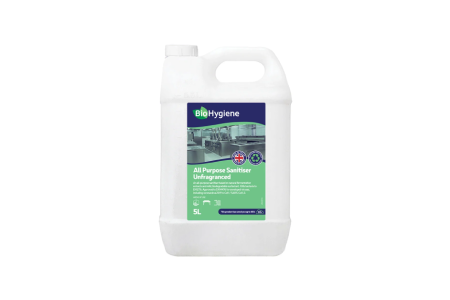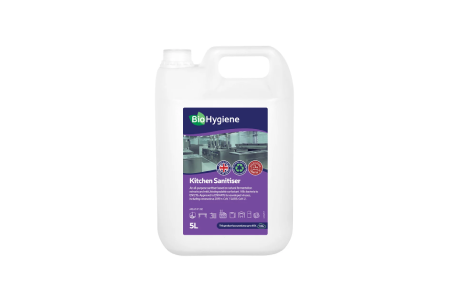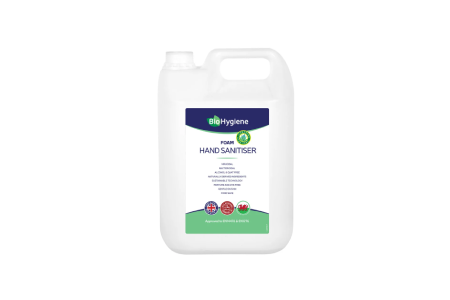- Home
- Products & Services
- Bespoke Solutions
- Disinfection
Disinfection
Understanding biocidal efficacy
The key to effective disinfection is to understand how contagious bacteria and viruses can be. Rates can vary depending on the strain, however as few as 10 viral particles or bacteria can be sufficient to trigger infection in an individual.
Effective kill rate
Biocidal efficacy standards use log reductions to demonstrate efficacy of products against a variety of bacteria, fungi and viruses. It is vital that the log reductions reduce the contaminated area to below 10 particles to ensure protection. While levels of bacteria and viruses vary depending upon locations, regularity of cleaning and surface type, sneezing and coughing releases hundreds of thousands of particles and contaminated areas can carry millions of bacteria or virus particles. A product that can kill to:
- 3-log reduces 10,000 particles to 10 but anything above that level leaves a potential for infection
- 4-log reduces 100,000 particles to 10 but anything above that level leaves a potential for infection
- 5-log reduces 1,000,000 particles to 10 but anything above that level leaves a potential for infection
- 6-log reduces 10,000,000 particles to 10 and is typical of high levels that would only be found except in exceptional circumstances
Nothing is more important than effective kill. Lactic acid has four broad-acting mechanisms of microbial kill, meaning that the development of resistance is far less likely than for agents which rely on a singular mechanism of action. The four modes of biocidal action achieved by lactic acid are:
- Damage to outer cell membranes, causing leakage of cell contents
- Attacks to other cell structures, including proteins, DNA and RNA
- Prevention of protein synthesis
- Arresting energy production by the cell
Efficacy is the most crucial part of our product makeup, particularly in light of the COVID pandemic and other public health issues, such as Monkeypox. Our Surface and Hand Sanitisers have a suite of EN test data carried out by independent, UKAS-accredited laboratories.

Surface Sanitising
Our sanitisers are based on naturally derived technology and are quat, chlorine and aldehyde free. The range has been developed as an alternative, safer and more environmentally conscious way to clean and disinfect owing to the utilisation of sustainable plant-based raw materials which have low human and aquatic toxicity. The products achieve more than a 100% reduction in CO2e compared to equivalent traditional biocidal technology products.
They are approved to EN1276, EN13697, EN1650 and against enveloped viruses to EN14476, including Coronavirus SARS-CoV-2.
Products can be used via a dosing system, in a spray bottle, mop bucket or fogging machine if an enclosed space or room needs thorough disinfection. Our fragrance-free formulations are suitable for kitchens and food areas.
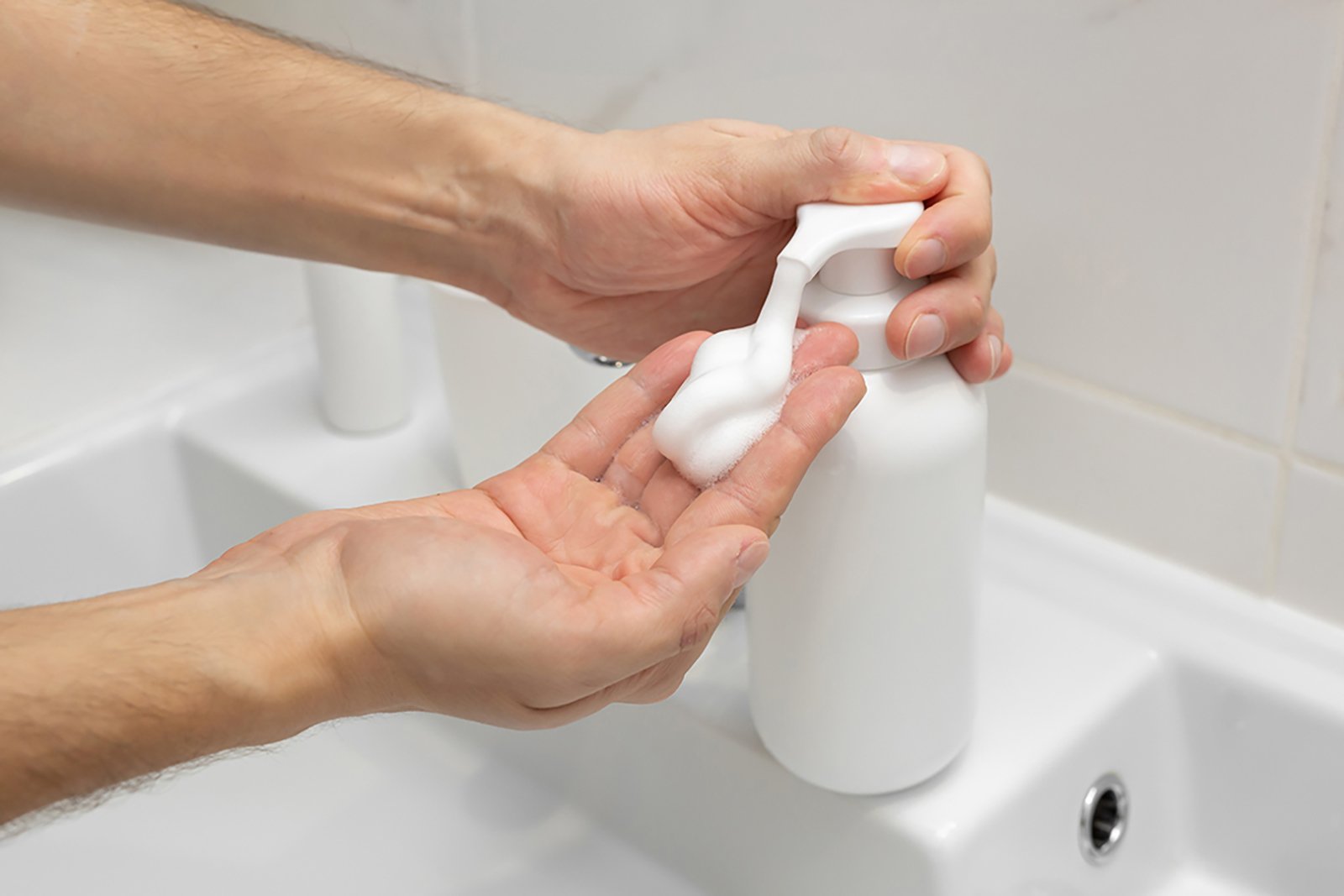
Hand Sanitising
Where killing bacteria and viruses on the hands is the primary goal, our foam hand sanitiser should be used.
This product has been formulated using naturally-derived ingredients such as lactic acid, cleansing agents, glycerine and aloe vera. It is approved to EN1276 and EN14476, killing bacteria in 30 seconds, in addition to enveloped viruses, including SARS-CoV-2.
Unlike alcohol-based santisers the foam clings well to the hands and will not dry the skin. The soothing emollients leave the hands feeling soft and supple.
Our fragrance free-formulation makes it suitable for use in kitchens and food areas.
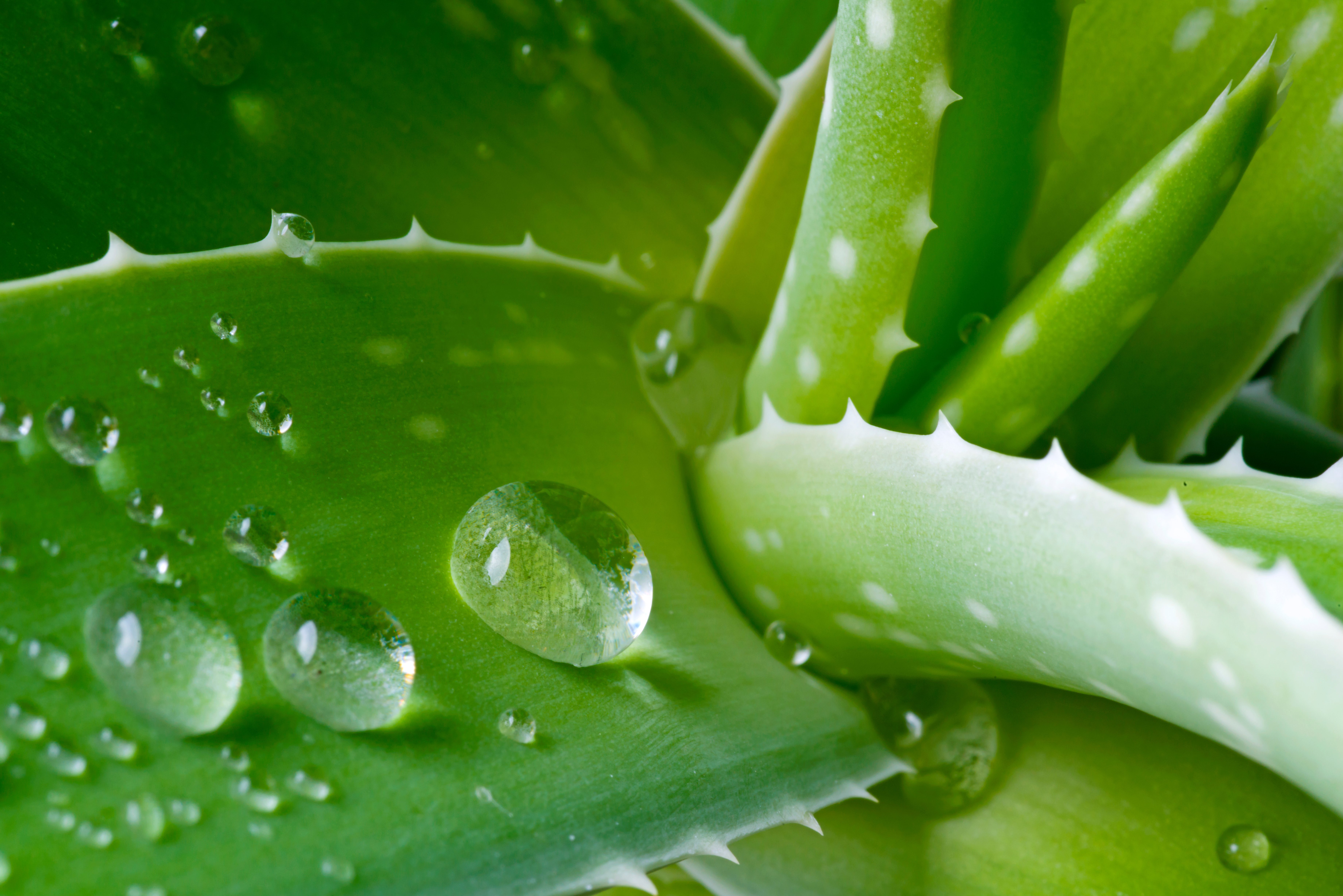
Making Responsible Choices
Not all biocides are created equal in terms of environmental impact. Lactic acid is a highly effective biocide, and when produced by fermentation is completely natural, sustainable and eco-benign. The combination of biocidal actives and mild plant-derived surfactants provides equivalent or better efficacy than existing biocidal technologies, with a significantly reduced carbon footprint.
It is important to make a responsible choice, not just in terms of product efficacy but also in terms of potential damage to the environment, ingredient sustainability and the short and long-term effects on human, plant and animal health.
Traditional biocidal technologies for example can have a damaging effect on the environment in a short period of time even at low concentrations, in addition to cumulative long-term effects. The more these disinfectant products are used, the more will ultimately be released into the environment and the more damage will be done.
